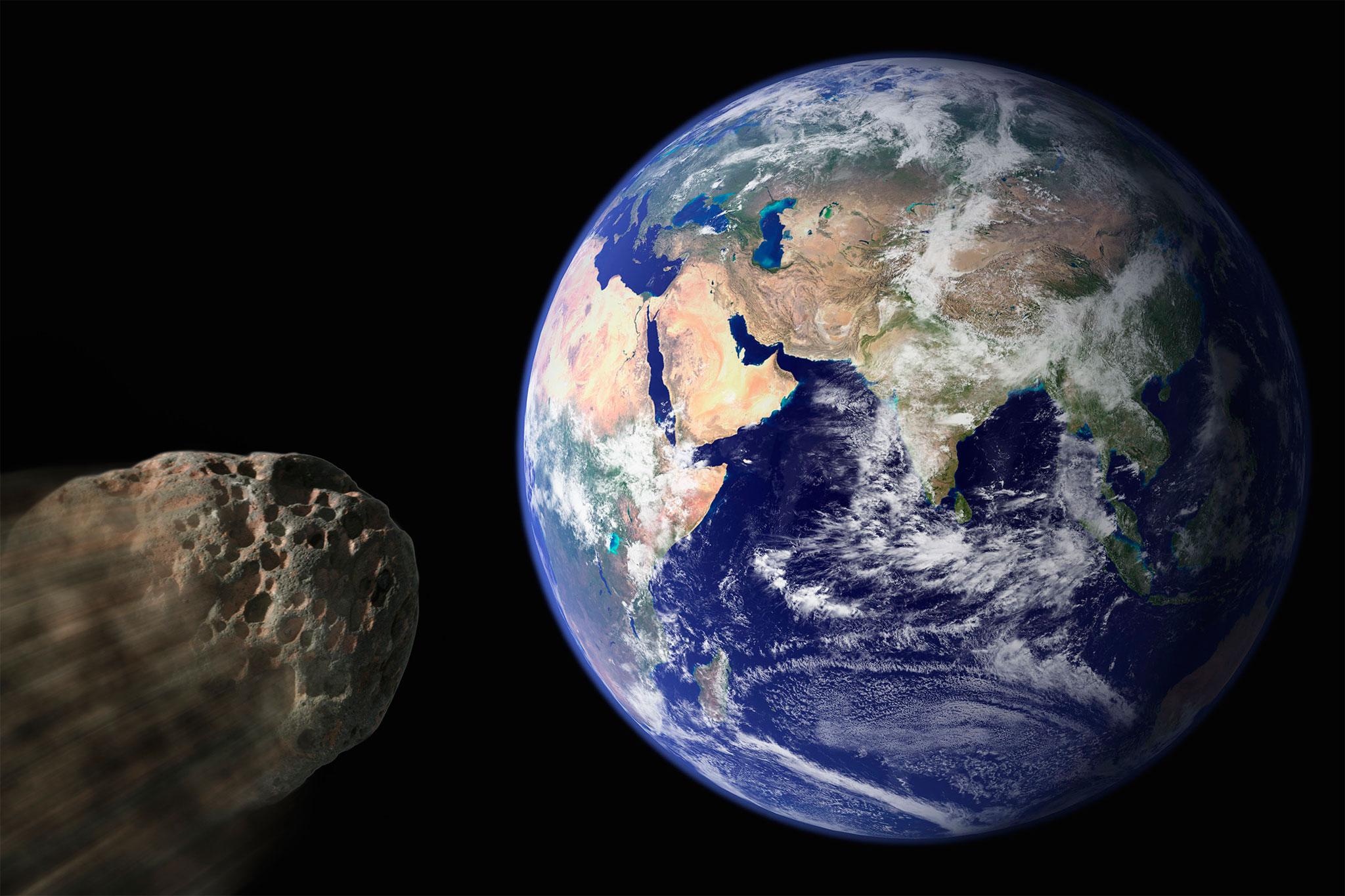Asteroid to fly past Earth on Christmas Eve, but scientists dismiss claims that rock will cause earthquakes and volcanic eruptions
2003 SD220 will fly past about 28 times further away from us than the moon

Your support helps us to tell the story
From reproductive rights to climate change to Big Tech, The Independent is on the ground when the story is developing. Whether it's investigating the financials of Elon Musk's pro-Trump PAC or producing our latest documentary, 'The A Word', which shines a light on the American women fighting for reproductive rights, we know how important it is to parse out the facts from the messaging.
At such a critical moment in US history, we need reporters on the ground. Your donation allows us to keep sending journalists to speak to both sides of the story.
The Independent is trusted by Americans across the entire political spectrum. And unlike many other quality news outlets, we choose not to lock Americans out of our reporting and analysis with paywalls. We believe quality journalism should be available to everyone, paid for by those who can afford it.
Your support makes all the difference.An asteroid is set to fly past Earth on Christmas eve — and some are convinced that it could cause devastating effects on Earth.
But scientists have dismissed the worries, which include fears that the rock could cause earthquakes and volcanic eruptions.
Various reports have suggested that the asteroid’s size could lead to a huge gravitational pull on the Earth, wreaking havoc and bringing dormant volcanoes back to Earth.
Even if it were possible that an asteroid flyby could cause problems, the rock is of a size and coming past at us a distance that happens fairly regularly on Earth.
And there is no evidence that near passes by rocks from space can cause seismic problems at all, of the kind described in various reports.
It does have a particularly Christmas flavour, though — as with most asteroids, it is likely largely made up of dark, carbonaceous chondrites, which would make it look like a big piece of coal.
Nasa hopes that it can learn more about the rock as it passes by, in the hope of eventually sending humans to it. The US has made big steps towards tracking down and eventually landing on asteroids — and hopes eventually to send humans to land on one and explore it.
Many reports suggest that Nasa has mis-sized the asteroid and that it may be bigger than they knew because some of it was hidden in the dark.
But the agency’s asteroid site actually indicates that it has reduced its estimate of the size, though it does admit that “nothing is known about it other than its absolute magnitude”. The agency had initially suggested that it was about 1.3 kilometres around, but further examine has suggested that it is roughly 0.7km around.
If a rock of that size were to collide with Earth, it could potentially cause globally devastation. But Nasa’s calculations suggest that it will glide past us at a safe distance, about 28 times as far away from us as the moon is.
"We can all be calm, relaxed, and enjoy Christmas," Maria Antonietta Barucci from the Paris Observatory told AFP.
All known Potentially Hazardous Asteroids together have a 0.01 per cent chance of hitting Earth in the next 100 years, Nasa has said in the past. There have been occasions when the agency has not spotted asteroids until they got scarily close, though anything of a size large enough to do substantial damage in the near future would probably already have been seen.
Some have also suggested that the rock could be connected to Nibiru or Planet X – two hypothetical wayward planets that are said to be on their way to destroy Earth by the end of the year.
But Nasa at least has said resolutely that “if Nibiru or Planet X were real and headed for an encounter with the Earth, astronomers would have been tracking it for at least the past decade, and it would be visible by now to the naked eye”.
Nasa has said that the rock will come close enough to be studied with radar five times in the next 12 years. The agency will look to examine it every time that it comes past, allowing it to estimate its mass more accurately and so come to understand what it is made of.
That will allow Nasa and everyone else to know much more about it when it comes nearly four times closer in 2018.
Join our commenting forum
Join thought-provoking conversations, follow other Independent readers and see their replies
0Comments